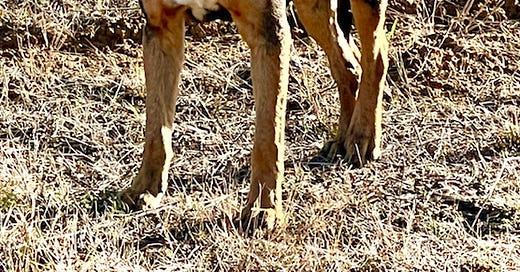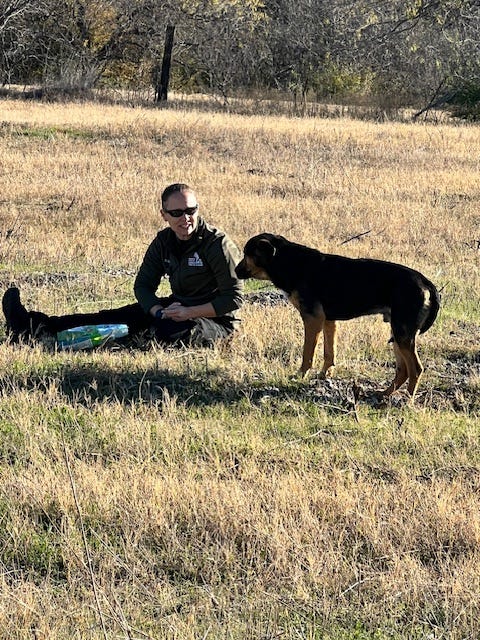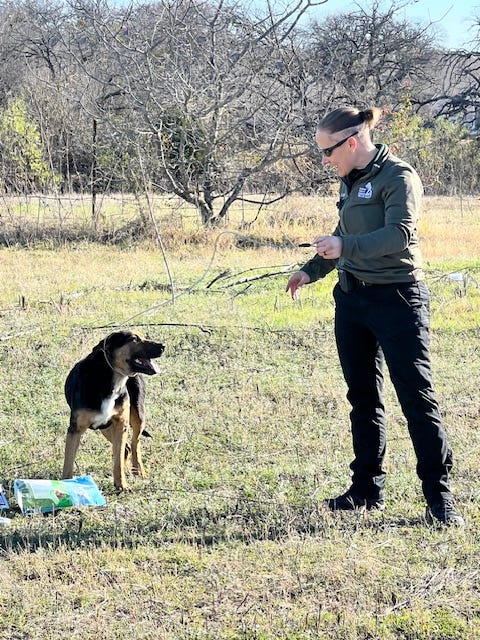For the past month I’ve been helping a young driver learn to drive. Yesterday’s terror-filled lesson on the highways and byways of our metropolitan suburb was about 1. Planning your next action as a driver, 2. Remembering that your passengers don’t have brake pedals, 3. Only you are in charge of the car, (please use the brake pedal!) and 4. muscle memory, which, at the end of the day, is how all of us old people do things these days.
It’s a true story that for most of us humans of a certain age, our actual memory of how to do stuff often forgets to participate. Enter, muscle memory. Where things get done without even having to think about it. Like turning on the blinker or buckling your seat belt. I told my young driver friend to think about riding a bike. Their eyebrows raised and the car slowed down.
“To me,” I said, “bike riding is just another muscle memory endeavor. You fall a lot as you learn, but eventually you find the right balance and your muscles remember. Each time gets easier.” They listened, then nodded thoughtfully. Between the nodding and the eyebrows, it was possible they were multi-tasking for the first time since we left the driveway.
I think I terrified them with the muscle memory comment but at least we were now on a level playing field. At the moment we were going 35 in a faster-than-that-mph zone. In Texas that is the equivalent of winning the lottery then jumping off a bridge. It just makes no sense. Terrified, meet terror.
But there’s more to doing things by memory than driving a car. Sometimes it’s about catching the dog.
“Once a dogcatcher always a dogcatcher,” we used to say. My fellow dogcatchers and I, a few of whom are still solid friends, started as rookies, working the same kind of streets and seeing the same kind of horrors, all while trying to help animals find better lives. Back then we were on our own. There was no instructor to show us how to use the brake pedal and all of us were battling the Disney caricature of dogcatchers.
As we learned how not to get bitten, we didn’t notice the moment that we began to see every moving thing, especially if it’s not where it’s supposed to be. It happens that way. One day, your eye sees an animal moving about 400 yards away and you know instantly whether it has a collar and tags, and whether it’s a lost animal or a sassy escapee with party plans.
A closer glance tells you whether that dog will be a simple catch or a runaway train. Our dogcatcher’s eye.
Coming home from town Friday, I was about a mile from our driveway when I saw a dog and a young lady standing in a field next to the road. It’s been more than 13 years since I wore an animal control officer’s uniform, but my first thought was “catchable.” The dog wasn’t running, just standing there looking at the lady. Worry, hope, fear. I used to know a song with those words.
I reviewed my dogcatcher’s inventory: cable slip lead, bag of treats, decent shoes. My truck never left home without them. Its own version of muscle memory. I made a u-turn and went back to the road next to the field.
“Is this your dog?” the good Samaritan asked me as I approached her. “No,” I said. “But I saw you and wanted to offer you more treats. It looks like he trusts you a bit.” From where I stood on the road, I saw that he was limping, thin, and had the eyes of a dog just an inch from pure panic. It looked like bullet wounds in his hip and hocks, the injuries likely keeping him from bolting, pain mediating panic.
I kept my distance, sensing his need to flee, two people nearly more than he could manage. “I think he’s been hit by a car or something,” she said. Then, with little apology, “I can’t stay,” and she turned to go back to her car. Just like that I became the dogcatcher again, my lazy-day sweatpants now the uniform promising a better life for this dog.
I went back to my truck and searched the driver’s seat-back pocket for my cable leash, the kind that can’t be chewed through, the kind a scared dog can’t see coming. It has a memory, too. Just like a good lariat it holds a big loop, unlike the nylon leashes most animal control officers carry. This leash, my magic trick, saved a lot of lives. Good tools become good friends when used with skill and this leash had been with me a long while.
Rummaging around my truck I found a small bag of training treats, but looking inside the bag, saw just two tiny pieces. Heart-shaped. I could break them into smaller pieces, maybe. The metaphor wasn’t lost on me.
I made a phone call to our local shelter and sent them a quick text pic of the dog. They said it might be a while before they could send anyone. So, I began a slow approach, holding my leash close, all the while singing the song of the lost dog to this weary fellow. I knew the words by heart, the melody carried to him on the breeze around us.
In a few minutes I was almost within touching distance. I broke one of the heart-shaped treats into two and offered it on my outstretched hand. He licked it into his lips. Did I see his eyes soften a bit?
As the minutes ticked by, he wasn’t inviting me to come any closer than too far away. It was like he knew the exact length of my leash, just like a longhorn cow knows exactly how long her horns are when she slips through the trees or tells you to leave her new calf alone. But then an animal control truck arrived. I held my breath, hopeful the officer would be someone the dog could trust.
A young man stepped out and approached us, his booming voice the exact thing the dog didn’t need. “Just give me your bag of treats,” I said, shouting the harsh words inside my own head. Instead, I said “Do you have treats?” The young man looked confused. “For the dog,” I finished. “Do you have treats for the dog? “
“Oh, right!” he said. He went back to his truck. As he returned to where I was standing, he reached into the bag and pulled out a large piece of jerky, then threw it at the dog and whistled. “Come here, boy!” he boomed with a smile. “Well, that’s going to work,” I muttered silently.
The dog hobbled away, adding a few more yards to his distance. Then I saw another animal control truck pull up. “Well, this will be a circus,” I thought. The same kind where I used to end up talking loudly and not so kindly to young men with catch poles who saw me as just another old woman with no particular usefulness to their mission. “I kiss puppies for a living” was their favorite pick-up line, and it usually worked to get them a hot date. Patience was never their best feature and most puppies knew that.
Out of the second truck stepped a voice, the kind of voice that made the dog stop and turn. I followed his gaze and heard her sing-song, quiet and happy voice, one that said “Hey buddy! Nice to meet you what’s your name do you need some help?” Not that she used those actual words but in the right minute it’s what stray dogs hear. They want just a little bit of hope and an open door to walk through. They want to leave the panic and fear behind. A welcome from a friend. She knew the song of the lost dog. Every note, by heart.
Between the two of us we worked the next few minutes silently, both of us singing bits of the song, praising his bravery, each of us angling closer, measuring our steps in inches. I saw him trembling, panic just a breath away.
He looked at her, then me, then he looked away and in a millisecond my leash dropped over his head and settled perfectly around his shoulders and he reared back terrified but he heard the songs, the words coming from us both and then, at the end of the leash he spun in a circle to find his courage, then stopped to listen. I handed the leash to the officer and thanked her for her good work, then told her to keep the leash. “Oh, I couldn’t,” she said. “Keep it,” I encouraged. “It remembers how to do this.” I didn’t thank her for also knowing the song of the lost dog. For a good dogcatcher, that’s just muscle memory.








A story of optimism and trickle-down good deeds. Hooray for dogcatchers who save the day. Yay!
Written like a good mystery! Kept me engaged till the end.